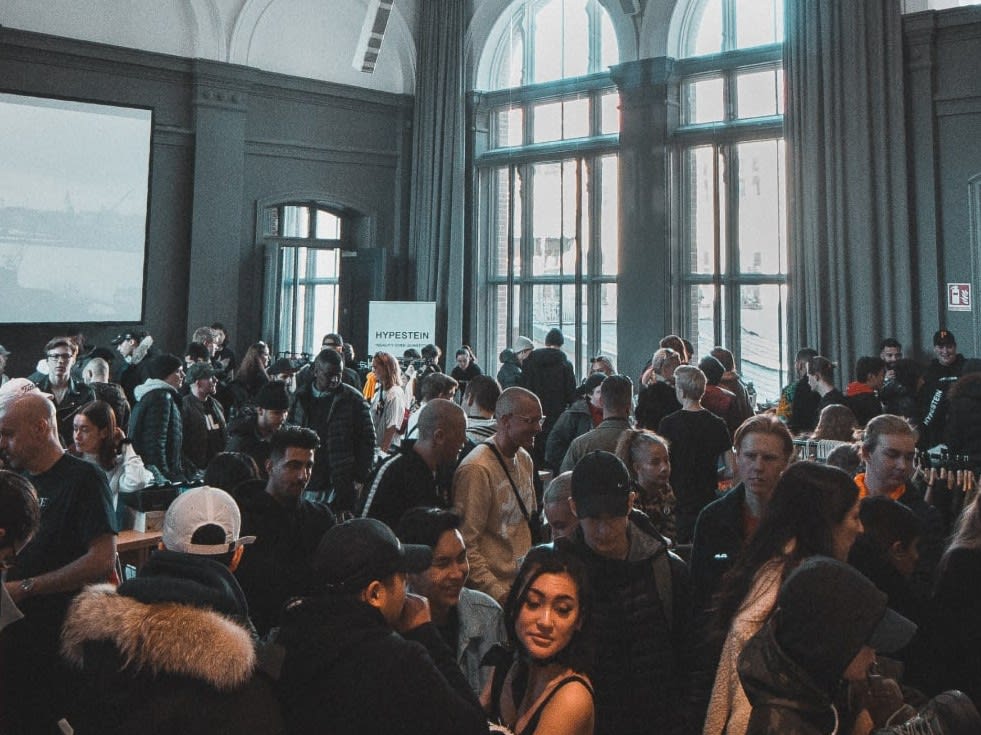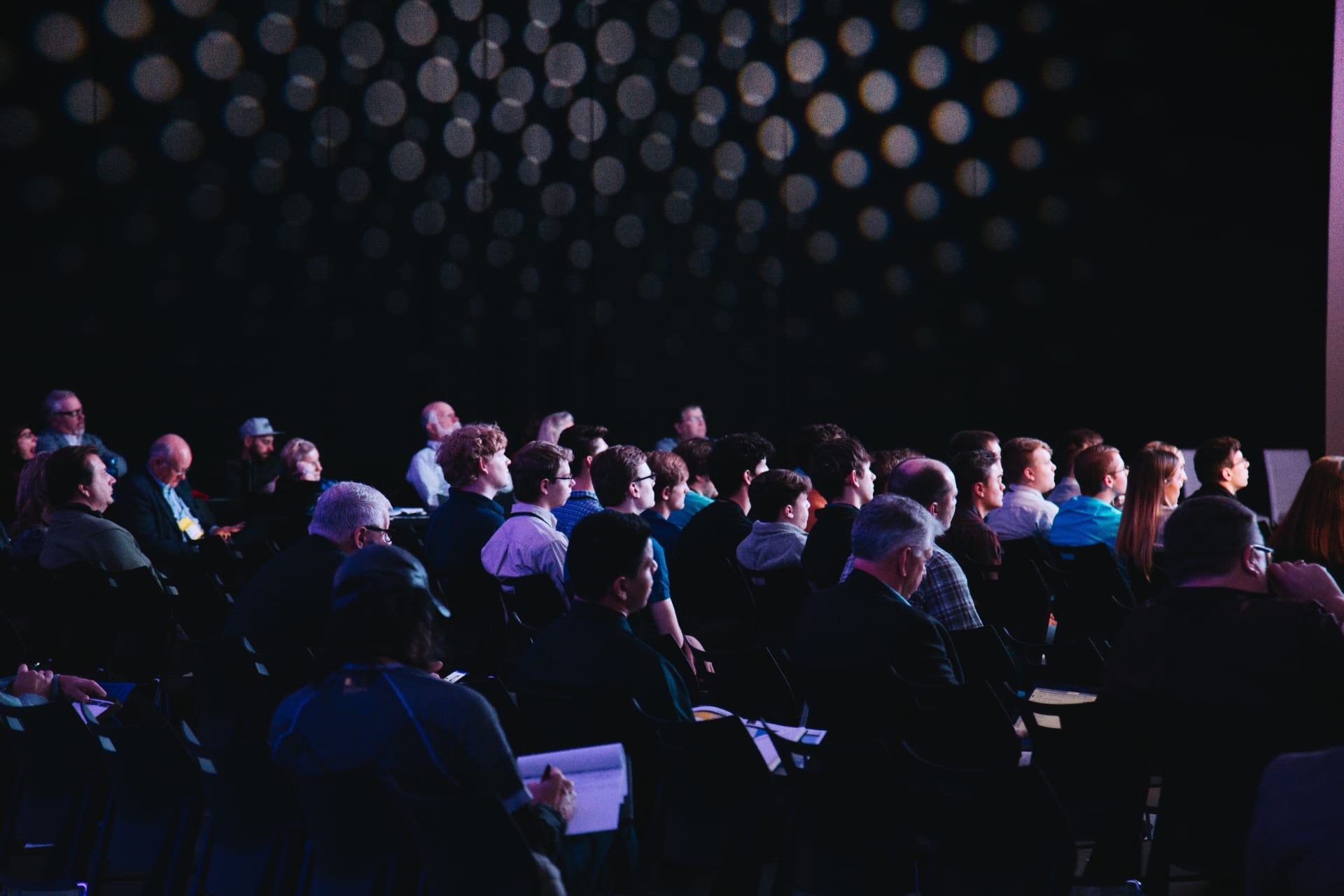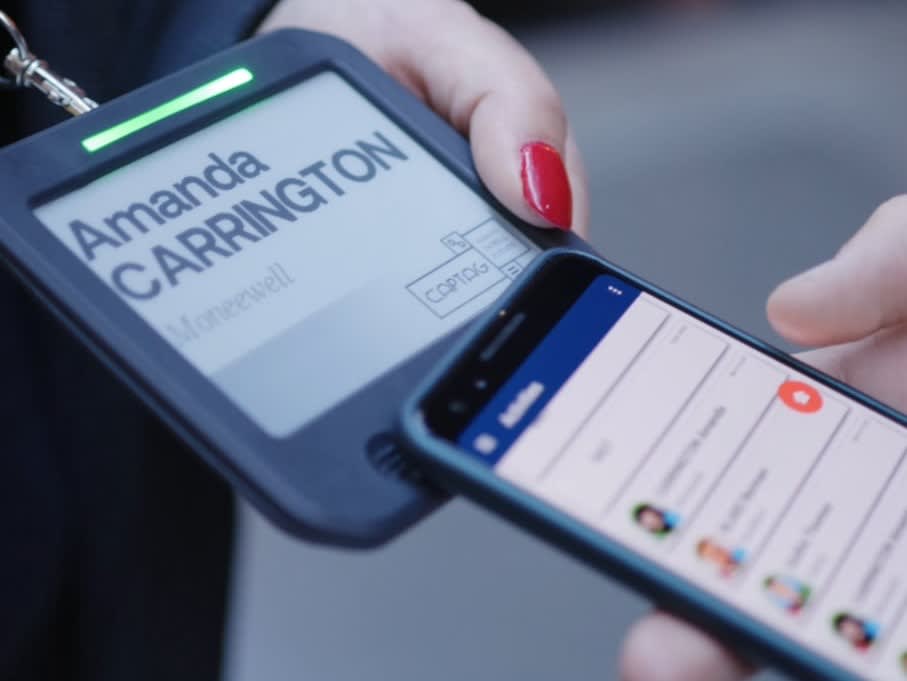Whatever the type or the format of an event, its organisation is always a perilous exercise. You may have a big budget, the best speakers, or the ideal venue, if the communication is not at its best, it will be difficult to make this moment unique and unforgettable for your visitors. It’s important to remember that they are the benchmarks of your success.
Evidently, logistical, technical, and technological considerations are of utmost importance, however they must only be assessed and developed through a human eye. How can you create meetings, exchanges, create emotions and memories? Through a whole programme that needs careful preparation before, during and after your event.
Before the event: framing and creating an interest
Before creating an interest from your audience, you firstly need to know them well. To do this it’s important to remember your audience isn’t a monolithic block, it’s a combination of different target audiences. Some of the participants will be excited by the thought of acquiring new skills, others by making new contacts, some will be interested by becoming aware of a problem, and sometimes, a target audience will be excited by all three.
By defining your different objectives in advance, you will be able to set up targeted communication before the event. During this teaser phase, you should share with your audience good content of key moments. For example, we advise you to create short videos of the backstage area and of the event itself. It could be equally useful to share capsule interviews of future speakers, or even videos of brand presentations on site. Carefully distilled, this content will allow you to attract the attention of your target audience. Organising an event is like preparing a film release. You must know just what to say to make people want to find out more, come to the event.
Another important point is that you have to take care when communicating the details of the event. How can you register and get tickets? How can you easily find the venue? Is there a dress code? Are there lockers to put your things in? Can you organise a meeting in a private room? To get your target audience to come, you have to get their interest, but equally show them that you will provide the best support possible.
During the event: fun, interaction and personalisation
The engagement of the participants is one of the most important criteria for the success of an event. To get them involved on the day, we recommend you keep in mind this triptych: fun, interaction, and personalisation. For your event to be fun, it must go as smoothly as possible from the first moment. Waiting too long to get in, not having the right accreditations, not being able to find the right stand or conference venue, not being able to find Wifi quickly…
All of these experiences are frustrating for your visitors. To avoid them, numerous digital solutions exist: NFC bracelets, automatic badge printing, a connected cloakroom to quickly and easily leave your things, access to an interactive 3D map of the venue… For a participant to have fun, he or she must have a feeling of total freedom in the event venue.
The second important point, interaction during the event. We are in an era of zapping, and social networks are there to prove it. Therefore, to constantly stimulate your audience and keep them captivated, you have to pace and animate your event using different tools. It can be useful to organise competitive games or quizzes or set up dynamic display panels to show a show throughout the venue.
Other screens could show live reactions from social media by using specific hashtags. Equally, don’t hesitate to use innovative animations that require the participation of your visitors. Why not go even further and give them the opportunity to influence the event through live polls? Interaction is also achieved through collaborative animations that can go as far as co-creation.
Finally, personalise your communication on site as soon as you can. This could be a welcome or goodbye text message, notifications to indicate the stands, workshops, showrooms, or the times of the conferences that may be of interest to your visitor… equally you could also include a photobooth, on the one hand the participants leave with a souvenir, and on the other you can display them on the screens to humanise the venue. The addition of these small, personalised touches creates a strong emotional link with your target audience.
After the event, reviving the memory and taking stock
To extend the time frame of your event, you should also consider communicating at the end of the event. This communication has several objectives. The first one is, above all, emotional. By sharing photo albums, videos and review articles with your visitors and on your social media, you can thus build their loyalty and use them as communication relays. A satisfied participant becomes a real ambassador of your event.
The second objective of a post-event communication is to allow having accurate feedback about it. For example, by sending an evaluation questionnaire by email, it would be possible to get real life experiences. By learning more about the participant allows you to identify their interests and their expectations for further events.
In addition to this qualitative feedback, the digital solutions you have implemented will allow you to measure the effectiveness of your event precisely. The difference between signups and actual participants, the visitors journey, number of business cards exchanged, number of participants in the games and events, average time on site, peak times, no-show rates, number of interactions on social media …
The digitalisation of your event gives you access to a lot of data and statistics that can be highly useful. From this data, it’s possible to analyse what has worked well and what areas need improvement. This report will be a real gold mine internally in order to optimise your next events, but also for your communication. Indeed, by identifying the figures, you will be able to establish visual data and major trends. Highly strategic content for your social networks and for your PR.
As you will have understood, the temporality of an event is long. Whether it is before, during or after, your communication must be able to rely on flexible and transversal digital event tools. Since 2011, Captag has been designing and developing technological event solutions for agencies, brands and institutions. In just over 10 years, we have supported more than 3,000 physical, 100% virtual, and hybrid events. For more information, contact us, click here !













